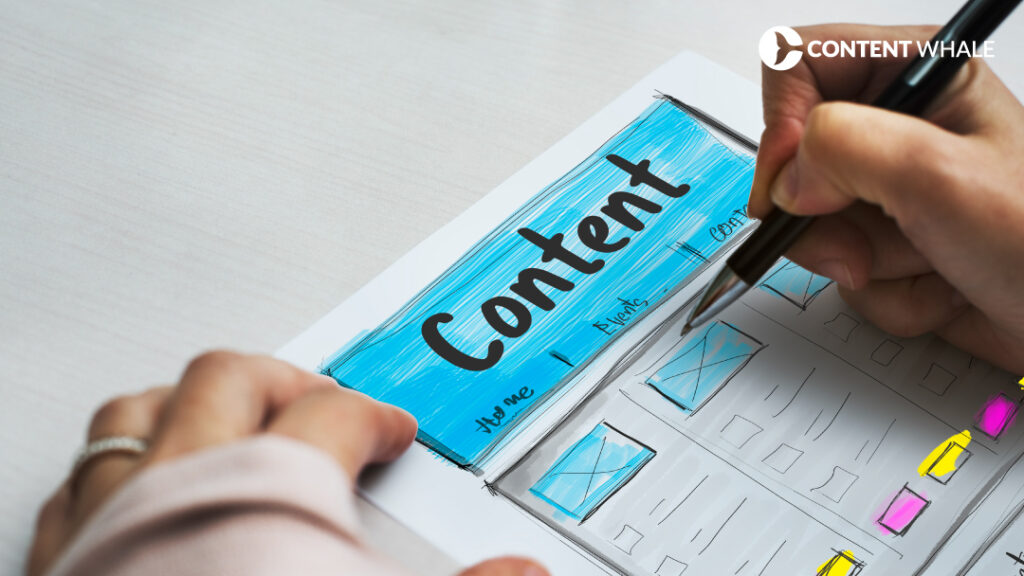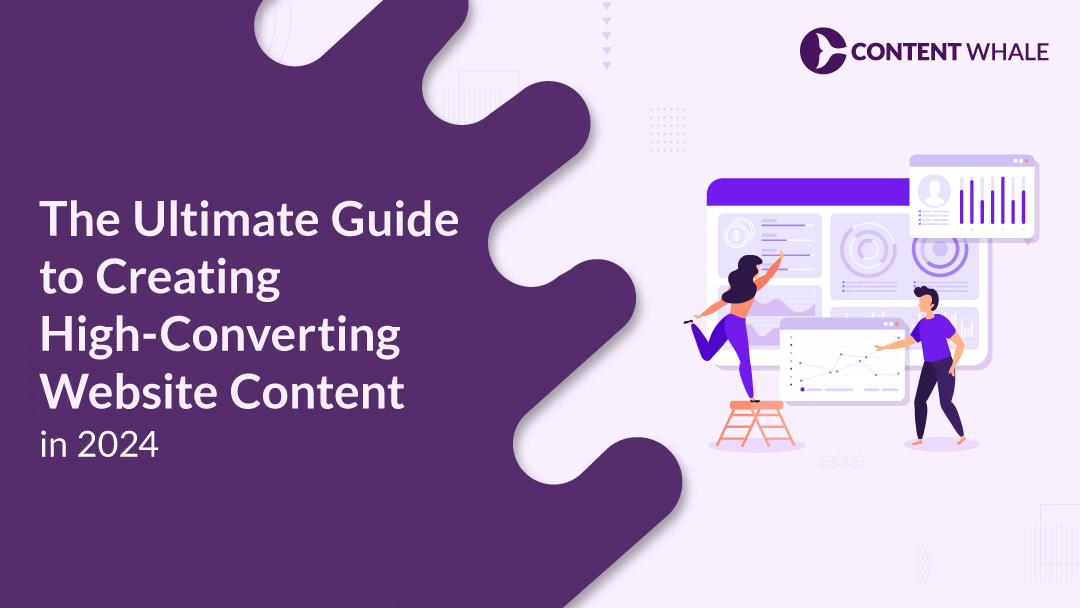Content personalization is increasingly important as businesses strive to connect with their audiences on a deeper level. Generic content often fails to engage users effectively, leading to missed opportunities for conversions.
By tailoring content to match individual preferences and behaviors, companies can significantly enhance customer engagement and improve conversion rates.
This blog will share seven practical strategies for implementing content personalization in your digital marketing efforts.
You’ll learn how to create more meaningful connections with your audience and drive better results through personalized content.
1. Leverage Data to Understand Your Audience
Understanding your audience is the cornerstone of effective content personalization. By analyzing data, you can gain valuable insights into customer behavior, preferences, and needs.
This data-driven approach enables you to segment your audience into distinct groups, each with its unique characteristics and interests.
Tools like Google Analytics, customer surveys, and CRM systems can help collect and analyze this data.
| # | Tool | Purpose |
| 1 | Google Analytics | Collect and analyze website data to understand user behavior and preferences. |
| 2 | Customer Surveys | Gather direct feedback from customers about their preferences and experiences. |
| 3 | CRM Systems | Manage and analyze customer interactions and data throughout the customer lifecycle. |
With accurate audience segmentation, you can create targeted content that resonates with each segment, leading to higher engagement and better conversion rates.
Remember, the more you know about your audience, the more personalized and relevant your content can be.
2. Implement Dynamic Content on Your Website
Dynamic content allows you to personalize user experiences on your website in real-time.
This type of content adapts based on individual user preferences, behaviors, and past interactions.
For instance, personalized product recommendations or tailored landing pages can significantly enhance the user experience.
Tools like HubSpot, Optimizely, and Dynamic Yield make it easier to implement dynamic content on your site.
| # | Tool | Purpose |
| 1 | HubSpot | Helps create and manage dynamic content, offering tools for personalized marketing and customer engagement. |
| 2 | Optimizely | Provides A/B testing and experimentation tools to optimize dynamic content and user experiences. |
| 3 | Dynamic Yield | Offers a comprehensive platform for personalizing user experiences with dynamic content based on behavior. |
By using these tools, you can ensure that each visitor receives a unique experience, increasing the likelihood of engagement and conversions.
Dynamic content is a powerful way to deliver personalized content that meets the specific needs of your audience.
3. Use Personalized Email Campaigns
Email marketing remains one of the most effective channels for delivering personalized content directly to your audience.
Personalized email campaigns can significantly improve open rates, click-through rates, and overall engagement.
Start by personalizing subject lines to catch the recipient’s attention. Then, tailor the content and offers within the email based on user behavior, past purchases, or interactions with your brand.
Segmenting your email list is crucial to ensure that each group receives content relevant to their interests.
Tools like Mailchimp and ActiveCampaign provide advanced segmentation and personalization features to help you craft effective email campaigns that resonate with your audience.
4. Personalize Content Across Multiple Channels

Consistency is key when it comes to content personalization. To provide a seamless experience, it’s essential to personalize content across all marketing channels, including social media, email, and your website.
By maintaining a consistent tone and messaging, you can reinforce your brand identity and ensure that users receive a cohesive experience, no matter where they engage with your content.
Tools like Hootsuite, Buffer, and Sprinklr can help you manage and personalize content across multiple channels.
By doing so, you’ll create a unified experience that strengthens your relationship with your audience and drives better results.
5. Utilize Behavioral Targeting
Behavioral targeting allows you to deliver personalized content based on users’ actions and browsing history.
This strategy involves tracking user behavior on your website, such as pages visited, products viewed, and time spent on specific sections.
By analyzing this data, you can tailor content to match the user’s interests and needs. For example, if a user frequently visits a particular product page, you can offer a personalized discount or suggest similar products.
Best practices for behavioral targeting include being transparent about data collection and ensuring that personalization efforts enhance the user experience without feeling intrusive.
Tools like Google Ads and AdRoll can help implement behavioral targeting effectively.
6. Incorporate User-Generated Content

User-generated content (UGC) adds a personal touch to your marketing efforts and helps build trust with your audience.
Featuring UGC, such as customer reviews, photos, and testimonials, can make your brand more relatable and authentic.
Encourage your customers to share their experiences with your products or services on social media, and showcase this content across your marketing channels.
Integrating UGC into your emails, website, and social media can enhance personalization by reflecting the voices of real customers.
This strategy not only fosters a sense of community but also provides fresh content that resonates with potential buyers.
7. Continuously Test and Optimize Your Personalization Strategy
Content personalization is not a one-time effort; it requires ongoing testing and optimization to stay effective.
Regularly test different personalization tactics using A/B testing to determine what resonates best with your audience.
This could involve testing variations in messaging, content format, or delivery timing.
Continuously analyzing performance metrics will help you refine your strategy and make data-driven decisions.
Staying updated with the latest trends and technologies in personalization is also crucial to maintaining a competitive edge.
By consistently testing and optimizing your approach, you can ensure that your content personalization efforts deliver the best possible results.
Conclusion

Effective content personalization requires a deep understanding of your audience and a commitment to delivering tailored experiences across all touchpoints.
By leveraging data, implementing dynamic content, personalizing email campaigns, and maintaining consistency across channels, you can significantly enhance customer engagement.
Additionally, utilizing behavioral targeting, incorporating user-generated content, and continuously optimizing your strategy are essential steps to ensure ongoing success.
Implementing these strategies will help you create personalized content that resonates with your audience, drives engagement, and ultimately boosts your digital marketing performance.
1. What is content personalization, and why is it important?
Content personalization is the process of tailoring content to individual user preferences, behaviors, and needs. It is important because personalized content can significantly enhance customer engagement, improve user experience, and increase conversion rates.
2. How can I gather data to personalize my content?
You can gather data through tools like Google Analytics, customer surveys, and CRM systems. This data helps you understand customer behavior, segment your audience, and create targeted content that resonates with each group.
3. What are the best tools for content personalization?
Some of the best tools for content personalization include HubSpot, Optimizely, Dynamic Yield, Mailchimp, and ActiveCampaign. These tools offer features like audience segmentation, dynamic content creation, and personalized email marketing.
4. How does dynamic content improve user experience?
Dynamic content adapts to individual user preferences and behavior in real-time, offering personalized product recommendations, tailored landing pages, and relevant content. This improves the user experience by making interactions more meaningful and engaging.
5. How can I measure the success of my content personalization efforts?
Success can be measured through key performance indicators (KPIs) such as engagement rates, click-through rates, conversion rates, and customer feedback. Regularly testing and optimizing your personalization strategy using A/B testing and data analysis is also crucial for measuring success.





